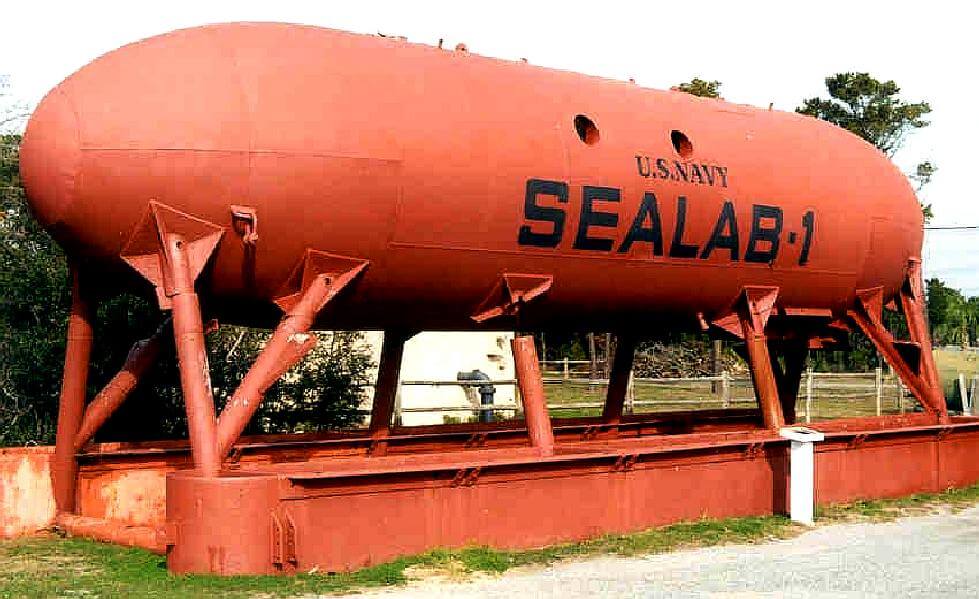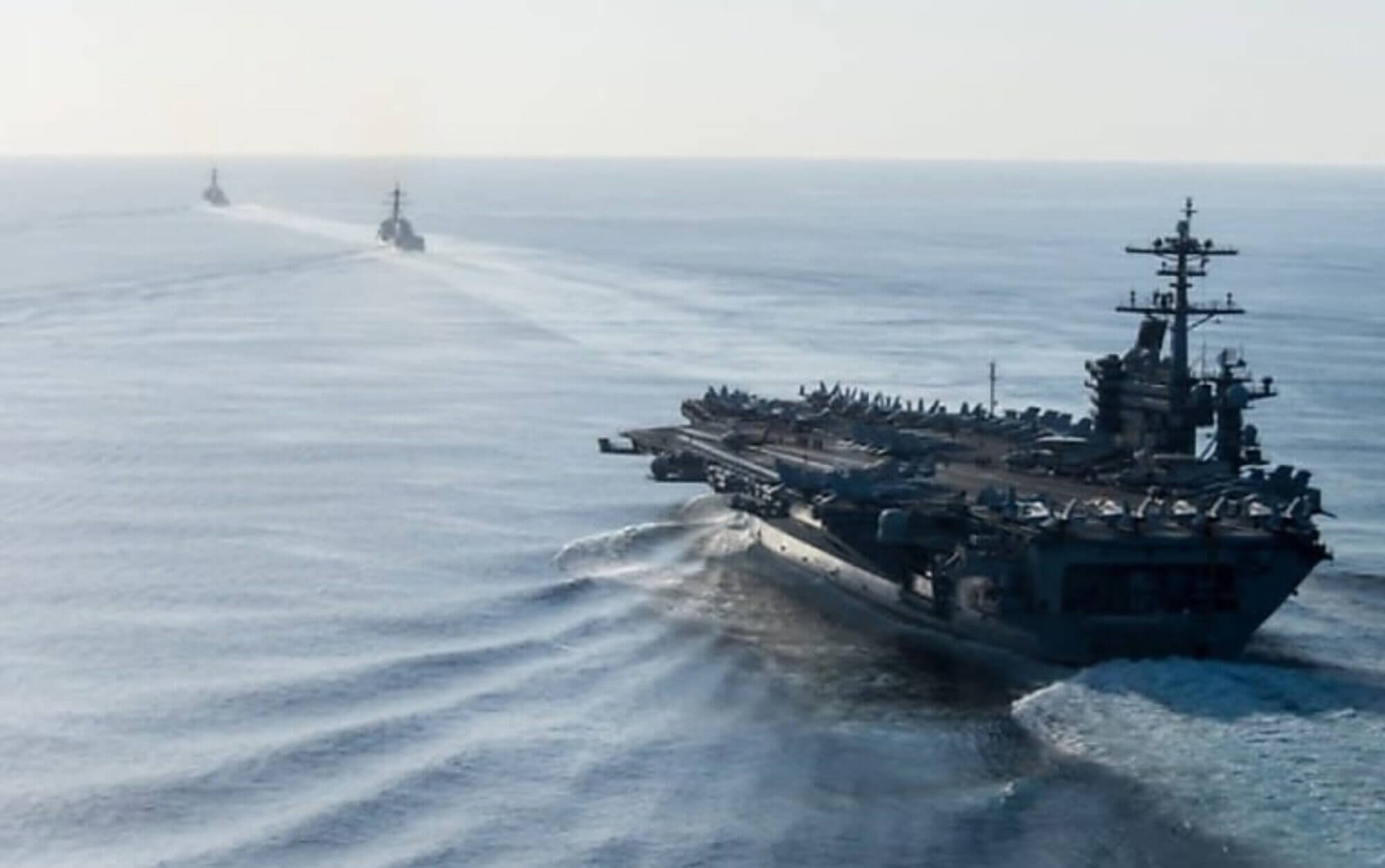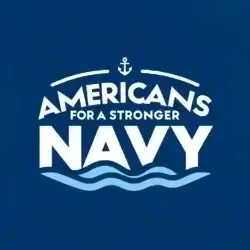

In the 1960s, while the world marveled at NASA’s race to the moon, the U.S. Navy was quietly conducting its own groundbreaking experiments in the depths of the ocean. Capt. George Bond, a visionary Navy medical officer, saw the ocean floor as humanity’s next frontier. Through the Sealab program, Bond and his team pioneered technologies and techniques that pushed the boundaries of what was possible underwater.
Why this matters
Though it lacked the glory and attention of space exploration, Sealab revealed the untapped potential of the ocean and laid the groundwork for advancements that still benefit us today. But the real question remains: Why should Americans care about undersea exploration now, decades after the Sealab program ended?
The answer lies in what the oceans represent—security, resources, and innovation. In an increasingly competitive and interconnected world, America’s ability to operate and protect its interests underwater is more critical than ever.
The Vision of Sealab
The Sealab program was nothing short of audacious. In an era when divers could barely spend 30 minutes underwater using compressed air, Capt. Bond and his team envisioned a future where humans could live and work on the ocean floor for weeks or even months. Through Sealab I, II, and III, they developed and tested the revolutionary concept of saturation diving, which allowed divers to stay submerged for extended periods without suffering from decompression sickness.
Sealab II, in particular, demonstrated the viability of underwater living. Teams of aquanauts conducted scientific experiments, tested tools for underwater construction, and explored how the human body coped with prolonged exposure to the deep sea. The program even incorporated whimsical innovations, like a trained dolphin named Tuffy, to deliver supplies.
Despite its promise, the program ended tragically with the death of aquanaut Berry Cannon during the Sealab III mission. But the legacy of Sealab lived on, influencing both naval operations and the oil industry’s offshore drilling advancements.
The Ocean’s Strategic and Economic Importance
While Sealab was ahead of its time, its lessons are more relevant today than ever. The oceans cover 71% of the Earth’s surface and hold the key to global trade, communication, and resources. Undersea cables, for instance, carry 95% of the world’s internet traffic—making them critical to both commerce and national security.
Moreover, the ocean floor contains vast reserves of minerals, rare earth elements, and other resources essential for modern technologies. Nations like China are actively pursuing undersea mining and infrastructure projects to secure these resources, positioning themselves as dominant players in the maritime domain.
The U.S. Navy plays a vital role in safeguarding these interests. From protecting shipping lanes to monitoring underwater activity, the Navy’s ability to operate in the undersea domain is essential to America’s security and economic stability. Sealab’s pioneering spirit reminds us that exploration and innovation are necessary to maintain this edge.
The Lessons of Sealab for Today
The Sealab program was a testament to human ingenuity and resilience. The aquanauts’ willingness to push physical and technological limits paved the way for modern advancements in undersea exploration. Technologies developed during Sealab, such as saturation diving, are still used by the Navy and commercial industries today.
But the program also underscores the importance of readiness and adaptability. The challenges faced by the Sealab teams—equipment malfunctions, extreme cold, and life-threatening situations—are reminders that operating underwater requires constant vigilance and innovation.
As competition for undersea resources intensifies and adversaries like China and Russia expand their capabilities, the U.S. cannot afford to fall behind. Investing in undersea technologies, such as autonomous underwater vehicles and advanced submarines, is critical to maintaining America’s strategic advantage.
Why America Should Care
The oceans may not capture the public’s imagination like space, but they are no less important. Sealab showed us that the ocean floor is not just a mysterious expanse—it’s a frontier of opportunity and strategic importance. The Navy’s ability to operate effectively underwater is essential for protecting our economy, ensuring global stability, and deterring aggression.
And let me add this—while Elon Musk is busy dreaming of Mars, I think we can start a little closer to home. We live here. This planet is our home, and the ocean is a wealth of untapped opportunity. Supporting our Navy’s efforts to explore and protect the undersea domain isn’t just about national security; it’s about investing in the place where humanity will continue to thrive. Sorry, Elon, but this sailor would rather stay right here, on Earth.
A Call to Action
Sealab may be a forgotten chapter in America’s history, but its lessons remain vital. The program was a bold attempt to explore the unknown and push the limits of human potential. Today, we face new challenges and opportunities in the undersea domain, and we must rise to meet them with the same spirit of innovation and determination.
As Americans, we have a responsibility to support the Navy and ensure it has the resources and technologies needed to protect our interests. The oceans are a silent frontier, but their importance to our security and prosperity cannot be overstated. Let’s honor the legacy of Sealab by championing the Navy’s mission and investing in the future of undersea exploration.
The U.S. Navy’s commitment to undersea exploration and innovation lives on through the work of institutions like the Naval Undersea Warfare Center (NUWC), the Office of Naval Research (ONR), and the Naval Postgraduate School. These organizations, alongside collaborations like the National Institute for Undersea Vehicle Technology (NIUVT), continue to push the boundaries of what is possible beneath the waves. Their efforts ensure that America remains at the forefront of undersea research, protecting vital resources and advancing technology in ways that honor the legacy of Sealab and its pioneers.


